

Articles
How To Store Condensed Milk After Opening
Modified: May 6, 2024
Looking to store condensed milk after opening? Read our articles for expert tips and tricks on how to properly store this sweet treat for later use.
(Many of the links in this article redirect to a specific reviewed product. Your purchase of these products through affiliate links helps to generate commission for Storables.com, at no extra cost. Learn more)
Introduction
Condensed milk is a delicious and versatile ingredient that adds richness and sweetness to various recipes. Whether you use it in desserts, beverages, or as a topping, it’s important to know how to store condensed milk properly, especially after opening it. The way you store it can significantly affect its shelf life and overall quality.
Condensed milk is made by removing water from regular milk and adding sugar, resulting in a thick and sweet syrup-like consistency. Due to its high sugar content and low moisture, condensed milk can spoil if not stored correctly. Exposure to air, moisture, and fluctuating temperatures can lead to changes in texture, taste, and safety.
In this article, we will explore the importance of properly storing condensed milk after opening it. We will also provide you with practical tips and methods to ensure that your leftover condensed milk remains fresh and safe for consumption.
Key Takeaways:
- Properly storing condensed milk is essential for maintaining its freshness, flavor, and safety. Whether transferring to an airtight container or using mason jars, follow these tips to ensure extended shelf life and quality.
- Consider dividing condensed milk into portion sizes, freezing in ice cube trays, or vacuum sealing for extended storage. These techniques minimize waste, maintain quality, and ensure a fresh supply for your favorite recipes.
Read more: How To Store Condensed Milk
Importance of Properly Storing Condensed Milk
Properly storing condensed milk is crucial for maintaining its quality and preventing spoilage. Here are a few reasons why it’s important:
- Prolonged Shelf Life: When stored correctly, condensed milk can last for an extended period. It helps preserve the flavor and texture, allowing you to use it in future recipes without worrying about spoilage.
- Maintaining Freshness: Condensed milk has a high sugar content, which acts as a natural preservative. However, exposure to air and moisture can lead to the growth of microorganisms, causing spoilage. Proper storage prevents the entry of contaminants and helps maintain freshness.
- Preventing Flavor Changes: Fluctuations in temperature and exposure to light can lead to changes in flavor and texture. Storing condensed milk properly helps retain the original taste and consistency, allowing you to enjoy its rich and creamy flavor whenever you use it.
- Food Safety: Incorrect storage practices can increase the risk of bacterial growth and foodborne illnesses. By following proper storage methods, you can ensure that the condensed milk remains safe and free from harmful microorganisms.
- Cost-Effective: Condensed milk can be quite expensive, so wasting it due to improper storage is not only disappointing but also a waste of money. By storing it correctly, you can make the most out of your purchase and avoid unnecessary expenses.
Now that you understand the importance of properly storing condensed milk, let’s explore some practical tips and methods to keep it fresh and safe after opening.
Tips for Storing Opened Condensed Milk
After opening a can of condensed milk, it’s important to follow these tips to ensure its longevity and quality:
- Check the Expiry Date: Before storing the condensed milk, check the expiry date on the can. If it is close to or past the expiry date, it’s best to discard it rather than attempting to store it.
- Keep it Sealed: After opening the can, make sure to seal it tightly to prevent air and moisture from entering. If you don’t have a can with a resealable lid, transfer the contents to an airtight container instead.
- Label and Date: It’s helpful to label the container with the date of opening. This way, you can keep track of how long the condensed milk has been stored and estimate its freshness.
- Store in a Cool, Dark Place: Place the sealed container of condensed milk in a cool and dark area, such as a pantry or cupboard. Avoid storing it near sources of heat or in direct sunlight, as this can affect its quality.
- Avoid Temperature Fluctuations: Condensed milk is sensitive to temperature changes. Try to maintain a consistent storage temperature to prevent changes in texture and flavor. Refrigeration is often recommended to prolong its shelf life.
- Prevent Odor Absorption: Keep the container away from strong-smelling foods, as condensed milk can absorb odors easily. This can result in an unpleasant taste and aroma when used in recipes.
By following these tips, you can ensure that your opened condensed milk remains fresh and usable for a longer period. However, it’s important to note that even with proper storage, condensed milk will eventually spoil. Therefore, it’s best to use it within a reasonable timeframe and always trust your senses when determining its freshness.
Method 1: Transfer to an Airtight Container
One of the most effective ways to store opened condensed milk is by transferring it to an airtight container. Here’s how you can do it:
- Gather the Supplies: Get an airtight container that is suitable for storing liquids. It is best to choose a container made of glass or food-grade plastic with a secure lid.
- Prepare the Container: Clean the container thoroughly with warm soapy water and rinse it well. Ensure that it is completely dry before transferring the condensed milk. Any moisture can lead to bacterial growth.
- Transfer the Condensed Milk: Open the can of condensed milk and carefully pour it into the airtight container. Fill it to the desired level, leaving a little space at the top to allow for expansion if freezing.
- Seal Tightly: Ensure that the lid of the airtight container is securely closed to prevent air and moisture from entering. For an extra layer of protection, you can also cover the container with plastic wrap before sealing it with the lid.
- Date and Label: Use a marker or label to write the date of transfer on the container. This will help you keep track of its freshness and avoid using expired condensed milk in the future.
- Store in a Cool Place: Place the tightly sealed container in a cool area, such as the refrigerator or a cool pantry. The cooler temperature will help prolong the shelf life of the condensed milk.
By transferring the condensed milk to an airtight container, you minimize the risk of contamination and help preserve its quality for a longer duration. Remember to use the condensed milk within the recommended storage timeframe, typically 7-10 days in the refrigerator.
Now that you’ve learned about transferring condensed milk to an airtight container, let’s explore another method of storage using mason jars.
Method 2: Use Mason Jars for Storage
Another convenient and popular method for storing opened condensed milk is by using mason jars. Here’s how you can do it:
- Gather the Supplies: Collect clean and sterilized mason jars with tight-fitting lids. It’s important to use jars specifically designed for canning to ensure an airtight seal.
- Prepare the Jars: Wash the mason jars and lids with warm soapy water, then sterilize them by boiling them in water for a few minutes. Allow them to air dry or use a clean cloth to dry them thoroughly.
- Transfer the Condensed Milk: Open the can of condensed milk and carefully pour it into the sterilized mason jars. Fill each jar to the desired level, leaving some space at the top for expansion during freezing.
- Seal the Jars: Place the lids on the mason jars and tighten them securely. Make sure the lids are properly sealed to prevent air and moisture from entering.
- Date and Label: Use a marker or label to write the date of transfer on each jar. This will help you keep track of the freshness of the condensed milk.
- Store in the Refrigerator: Place the sealed mason jars in the refrigerator to maintain a cool and stable temperature. This will help extend the shelf life of the condensed milk.
Mason jars are ideal for storing condensed milk as they not only provide an airtight seal but also allow you to easily see the contents. It’s important to note that if you plan to freeze the condensed milk, leave some space at the top to accommodate expansion during freezing.
Using mason jars for storage is not only practical but also gives your pantry or refrigerator a charming aesthetic. Now that you’ve learned about this method, let’s move on to another technique of storing condensed milk in its original can.
Store opened condensed milk in an airtight container in the refrigerator. Use it within 5-7 days for best quality. Shake well before using.
Read more: How To Store Pet Milk After Opening
Method 3: Refrigerate in the Original Can
A simple and convenient method for storing opened condensed milk is to keep it in the original can and refrigerate it. Here’s how you can do it:
- Ensure Proper Sealing: After opening the can of condensed milk, make sure to cover the can tightly with its plastic lid or a suitable food-grade wrap. This will help prevent air and moisture from reaching the contents.
- Place in the Refrigerator: Put the sealed can of condensed milk in the refrigerator. Choose a cool spot away from any strong-smelling food items to prevent odor absorption.
- Keep Dry: To prevent the formation of rust or other contaminants on the can, ensure that it does not come into contact with any liquids in the refrigerator. Store it upright in a designated area, away from spills.
- Monitor the Expiry Date: It’s important to keep an eye on the expiry date of the condensed milk. If the date approaches or if you notice any changes in texture or smell, it’s best to discard it.
- Use Within a Reasonable Timeframe: While refrigerating the condensed milk can help extend its shelf life, it’s still recommended to consume it within a week or as instructed on the can. This ensures the best taste and quality.
Refrigerating the condensed milk in its original can is a convenient option, as it eliminates the need for transferring the contents to another container. However, it’s important to note that this method may not be suitable if the can doesn’t have a resealable lid or if you only need to use a small portion of the condensed milk at a time.
Now that you’ve learned about storing condensed milk in its original can in the refrigerator, let’s explore another method that involves freezing the condensed milk.
Method 4: Freeze the Condensed Milk
Freezing condensed milk is an excellent method for extending its shelf life and preserving its quality. Here’s a step-by-step guide on how to freeze condensed milk:
- Gather the Supplies: Get an airtight container or freezer-safe bag that is suitable for storing liquids. Make sure it is clean and dry before use.
- Transfer the Condensed Milk: Open the can of condensed milk and pour it into the airtight container or freezer-safe bag. Leave some space at the top for expansion during freezing.
- Seal Tightly: Make sure the container or bag is tightly sealed to prevent air and moisture from entering. For added protection, you can also wrap the container with plastic wrap before sealing it.
- Date and Label: Use a marker or label to write the date of freezing on the container or bag. This will help you keep track of its freshness.
- Place in the Freezer: Put the sealed container or bag in the freezer. Choose a spot where it will be undisturbed and avoid placing heavy objects on top of it.
- Thawing Before Use: When you’re ready to use the frozen condensed milk, transfer it to the refrigerator and allow it to thaw overnight. Once thawed, use it within a few days and avoid refreezing.
Freezing condensed milk is a convenient method, especially if you have excess or if you want to stock up for future use. It allows you to preserve the quality and extend the shelf life of the condensed milk beyond the recommended storage timeframe.
However, it’s important to note that freezing can cause a change in texture, with some separation occurring. Give the thawed condensed milk a good stir or a quick whisk to restore its smooth consistency before using it in your recipes.
Now that you’ve learned about freezing condensed milk, let’s explore some additional tips for extended storage.
Additional Tips for Extended Storage
If you’re looking to store condensed milk for an extended period, consider these additional tips:
- Use Vacuum Sealing: Vacuum sealing is an excellent option for long-term storage. It removes air from the package, preventing oxidation and maintaining freshness. Follow the instructions provided by your vacuum sealer for proper usage.
- Divide into Portion Sizes: If you find yourself using condensed milk in smaller quantities, consider dividing it into portion sizes before storing. This way, you can thaw and use only what you need, reducing waste and ensuring the rest remains frozen.
- Store in Ice Cube Trays: Freeze condensed milk in ice cube trays for easy portioning. Once frozen, transfer the condensed milk cubes to an airtight container or freezer bag. This method is especially useful if you often use condensed milk in recipes that require small amounts.
- Keep a Frozen Stock: If you frequently use condensed milk, consider keeping a frozen stock in the freezer. This way, you’ll always have a readily available supply, and you can use it whenever needed without worrying about running out.
- Inspect Before Use: Before using any stored condensed milk, inspect it for any signs of spoilage, such as an off smell or unusual appearance. If in doubt, discard it to ensure food safety.
By following these additional tips, you can further extend the storage life of condensed milk and ensure its quality for future use. Remember to always trust your senses and exercise caution when consuming stored food products.
Concluding Thoughts
Properly storing condensed milk after opening is essential to maintain its freshness, flavor, and safety. Whether you choose to transfer it to an airtight container, use mason jars, refrigerate in the original can, or freeze it, each method has its advantages and considerations. Consider your preferences, usage patterns, and storage space to determine the best option for you.
By following the tips and methods outlined in this article, you can make the most out of your condensed milk, minimize waste, and ensure that you always have a fresh supply on hand for your favorite recipes. Enjoy the rich and creamy goodness of properly stored condensed milk!
Conclusion
In conclusion, knowing how to store condensed milk properly after opening is crucial for maintaining its quality and extending its shelf life. Whether you choose to transfer it to an airtight container, use mason jars, refrigerate in the original can, or freeze it, each method has its advantages in preserving the freshness and taste of the condensed milk.
By following our tips and methods, you can ensure that your opened condensed milk remains fresh, safe, and ready to be used in your favorite recipes. Remember to check the expiry date, keep it sealed tightly to prevent air and moisture from entering, and store it in a cool, dark place.
Furthermore, consider dividing it into smaller portion sizes, freezing it in ice cube trays, or vacuum sealing it for extended storage. These techniques will help you reduce waste, conveniently portion out the condensed milk, and maintain its quality over a longer period.
Lastly, always use your senses and exercise caution when consuming stored condensed milk. Check for any signs of spoilage before using it in your recipes, and discard it if you notice any off smells or unusual appearances.
With the knowledge gained from this article, you can confidently store your condensed milk and enjoy its rich and creamy flavor in your favorite desserts, beverages, and other culinary creations. So, next time you open a can of condensed milk, remember to store it properly for maximum freshness and longevity.
Now that you've mastered storing condensed milk, why not keep your coffee as fresh as your dairy? Sealing flavors and aromas tightly, proper storage solutions are pivotal. Discover containers designed for peak freshness in our guide on the best airtight coffee storage options available next year. Find out how to keep your morning brew rich and robust!
Frequently Asked Questions about How To Store Condensed Milk After Opening
Was this page helpful?
At Storables.com, we guarantee accurate and reliable information. Our content, validated by Expert Board Contributors, is crafted following stringent Editorial Policies. We're committed to providing you with well-researched, expert-backed insights for all your informational needs.



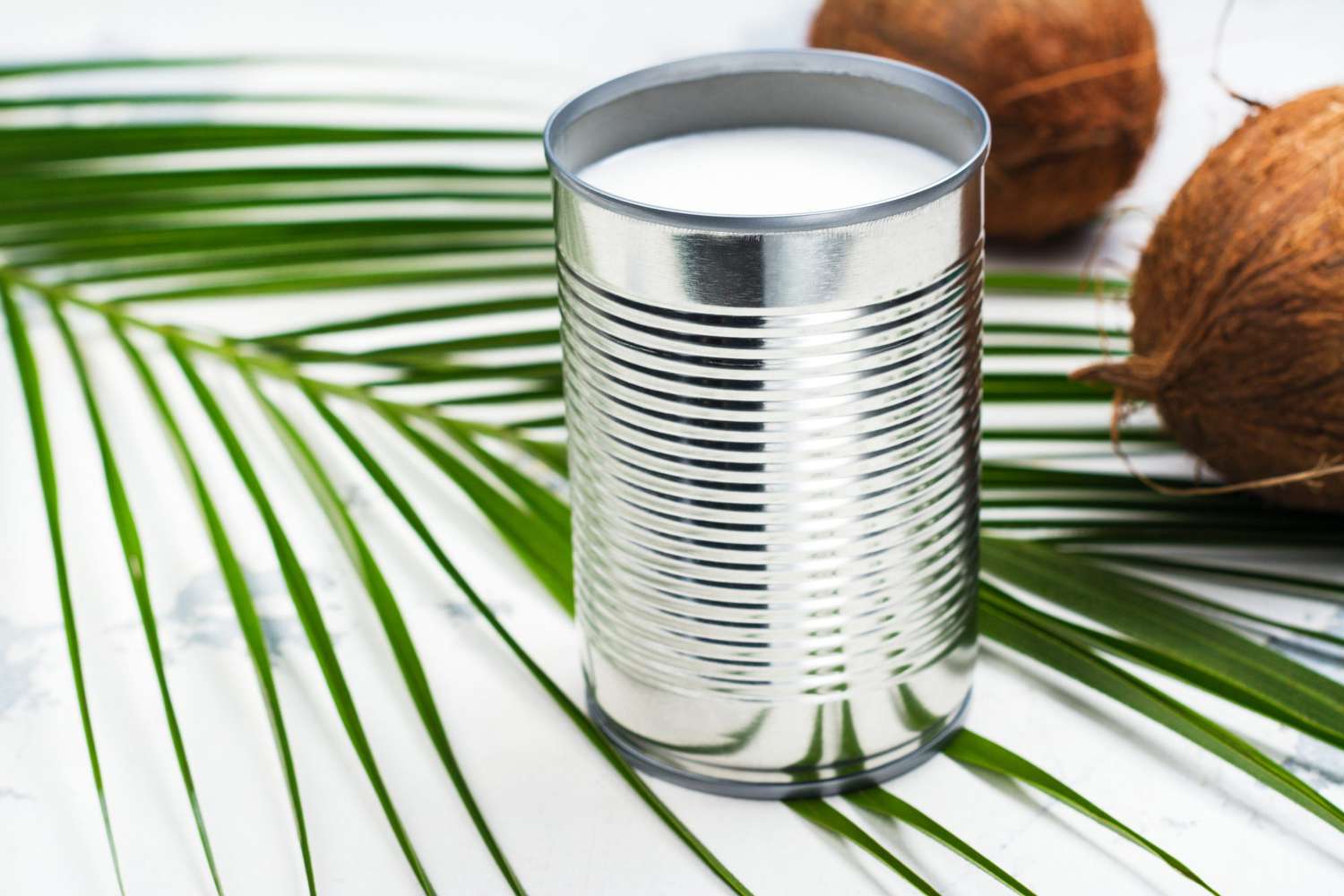
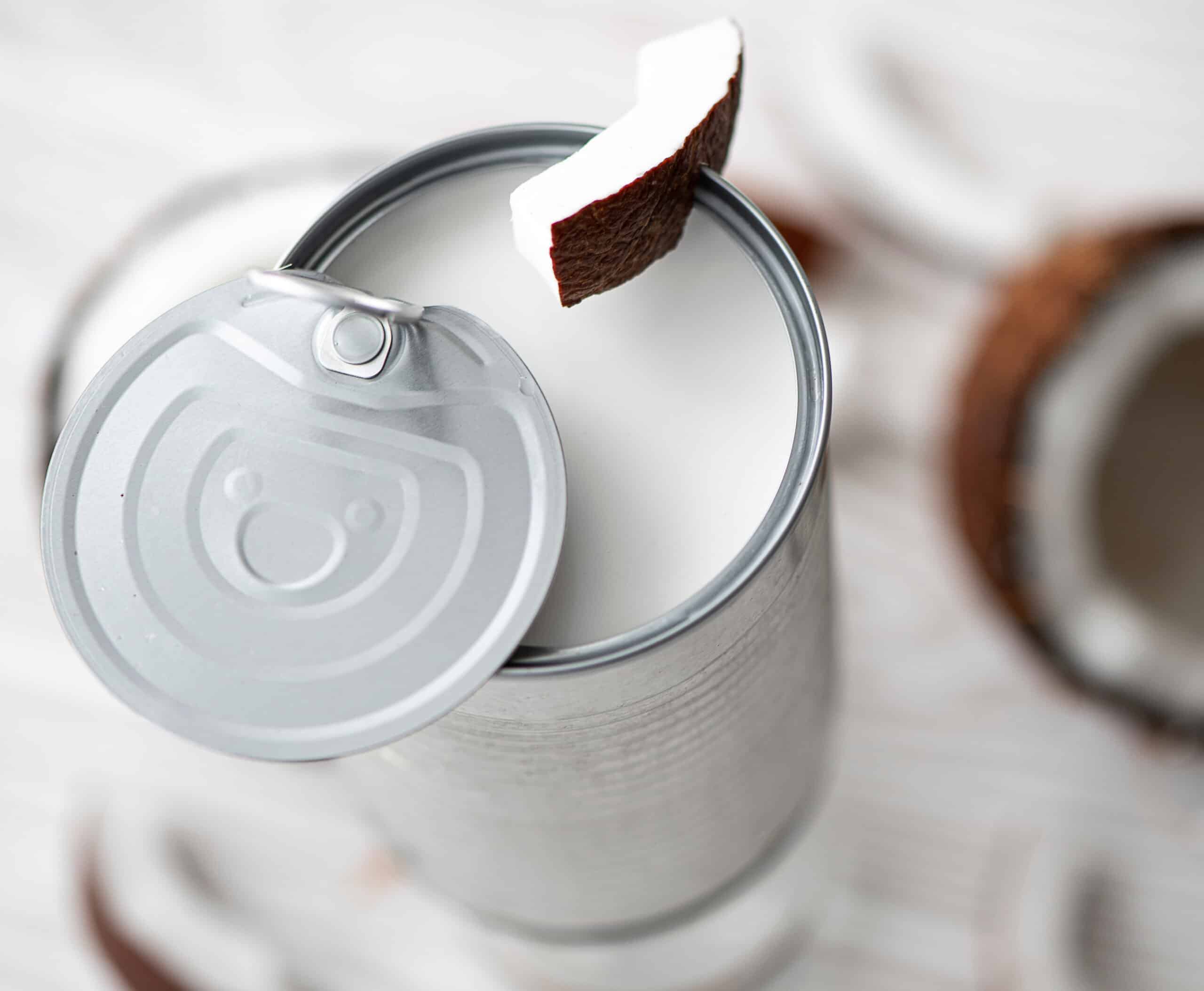


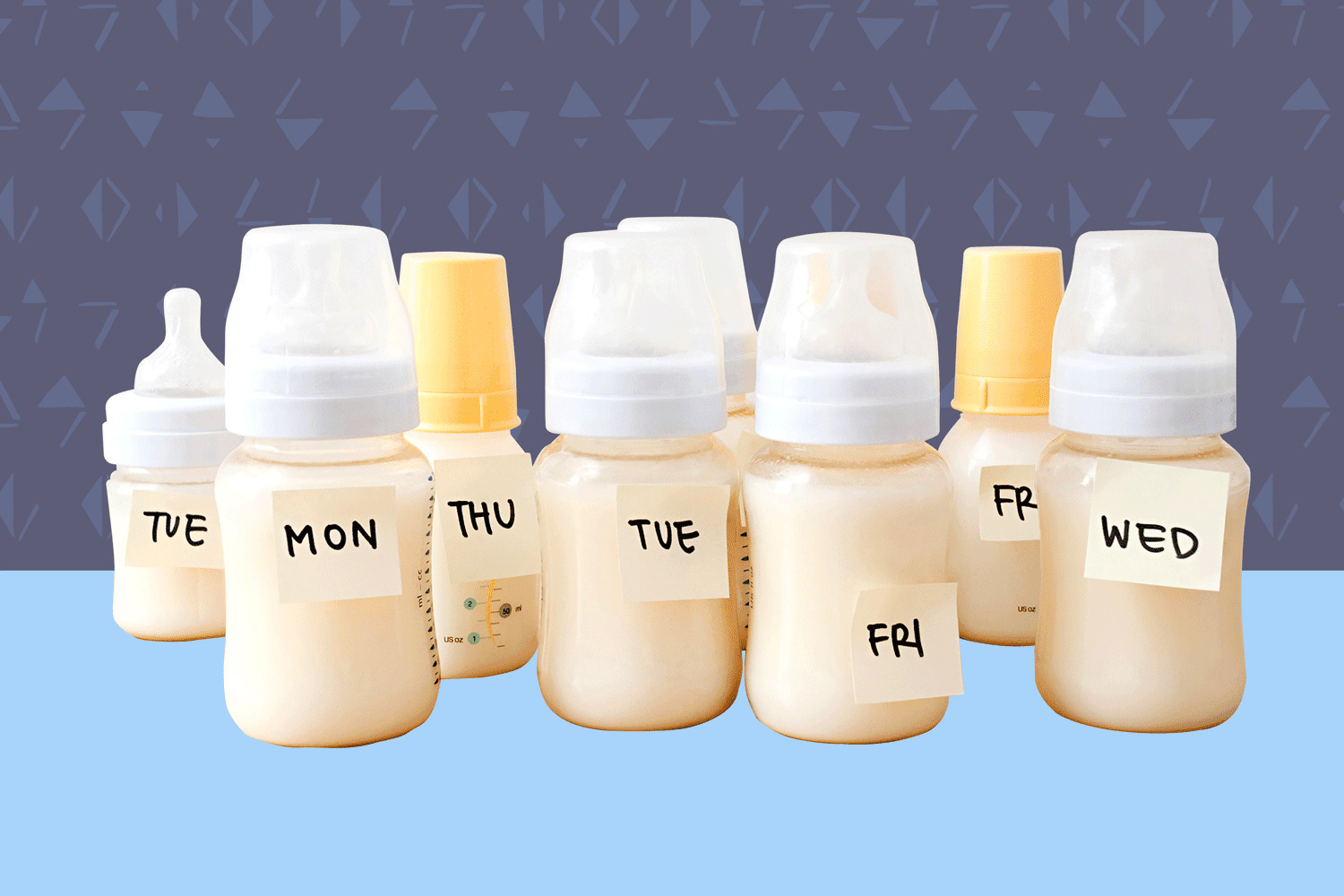
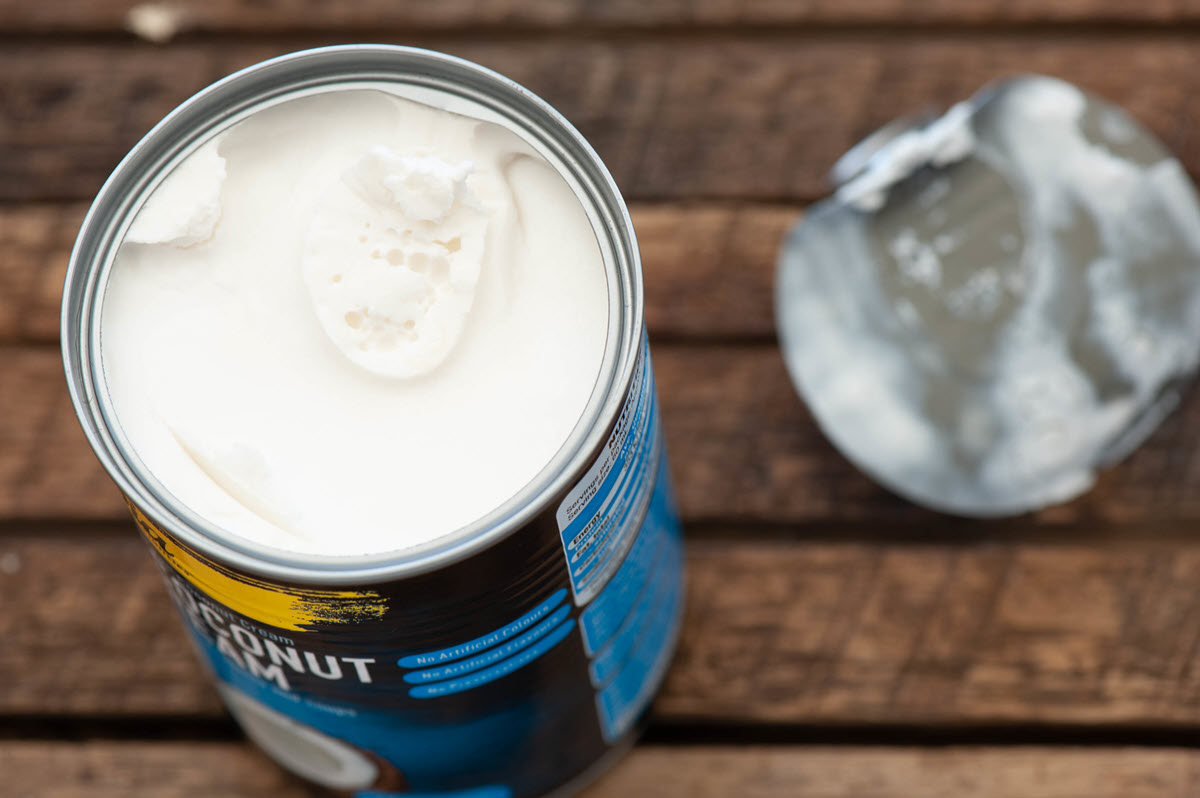




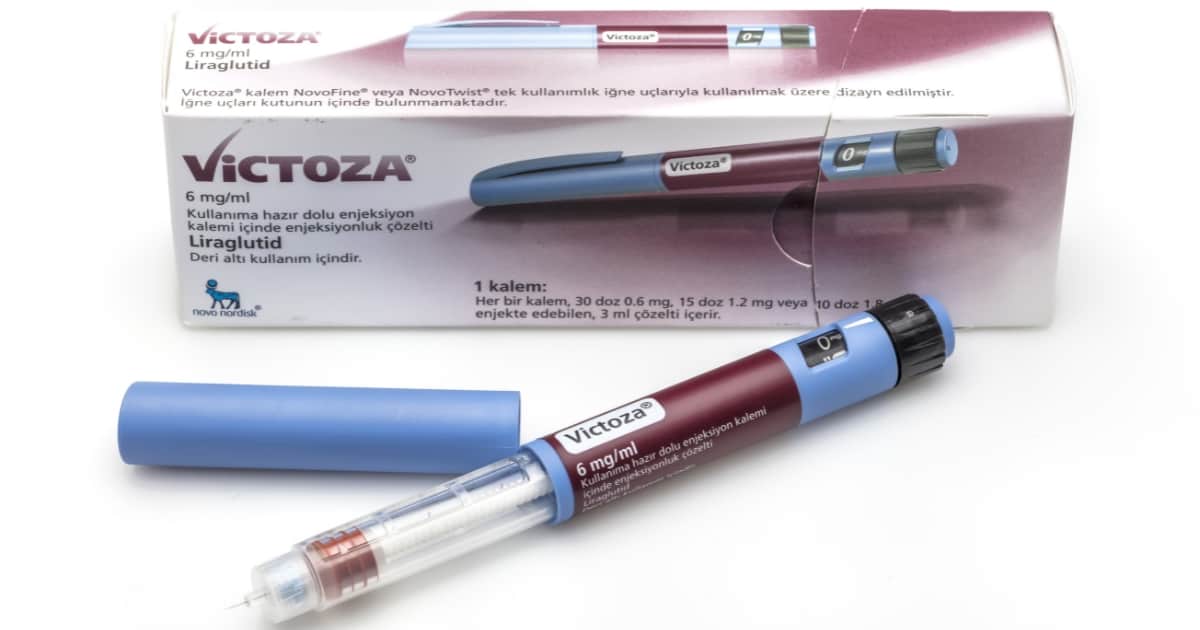

0 thoughts on “How To Store Condensed Milk After Opening”